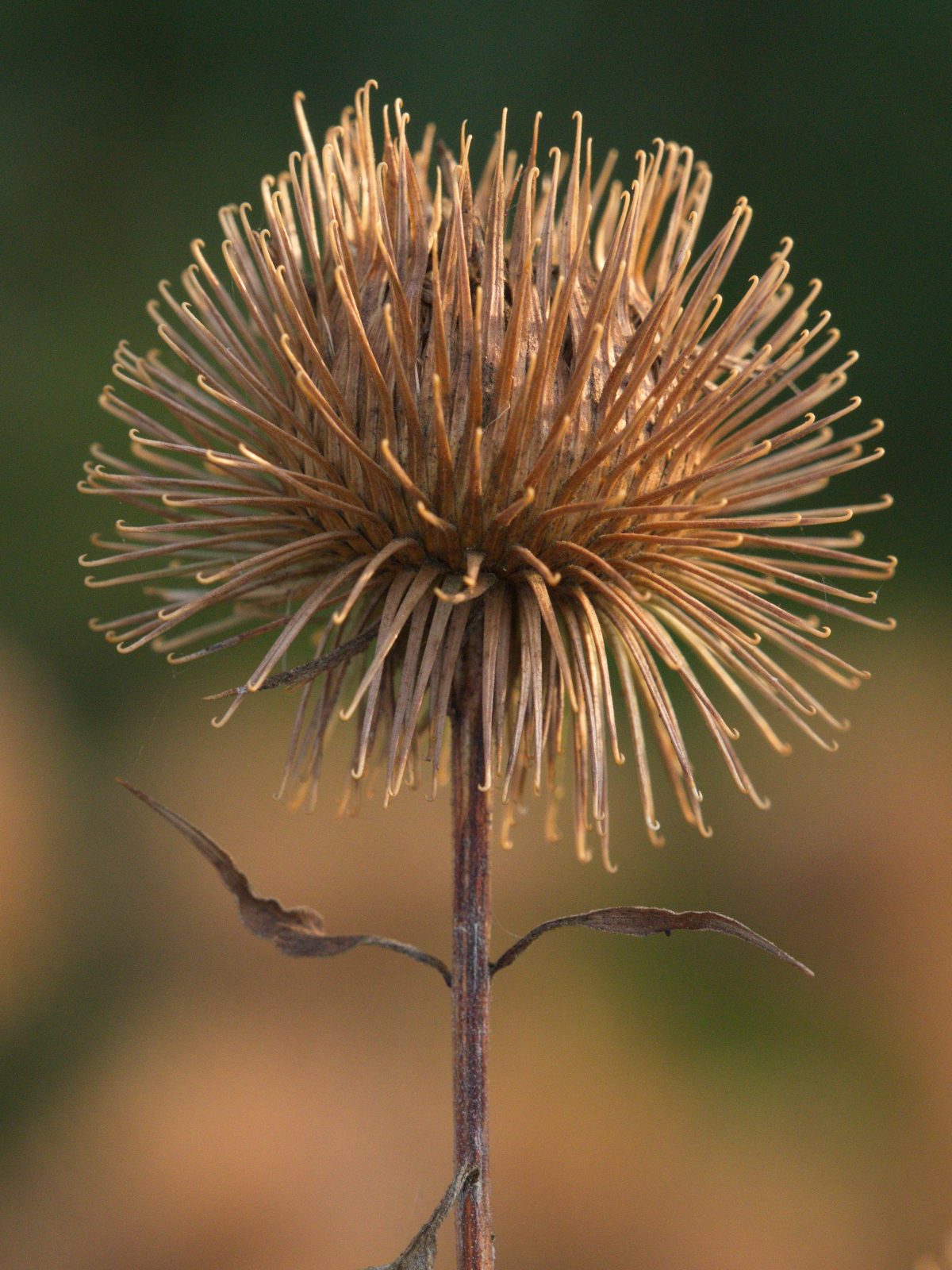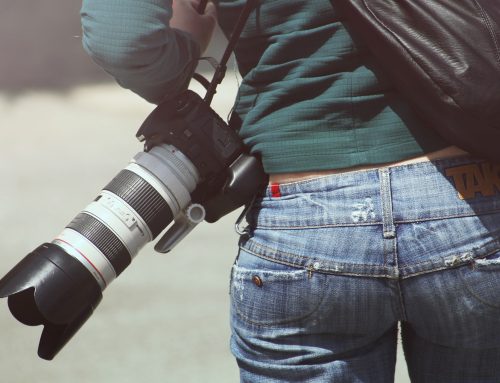I bought a used Olympus 40-150 f2.8 pro telephoto lens in perfect condition. From my experience and research, this lens seems to be the micro four thirds (MFT) pendant to the much famed Canon/Sigma/Sony 70-200 mm telephoto lenses. In this article, I will explain what I expect from this lens. So if you are thinking about which lens to buy next or how you can improve your photography with a telephoto lens, you came to the right place.
The status quo
I own a Panasonic gx8 that came with a Panasonic 14-140mm f3.6-5.6 Power OIS, a 10x superzoom lens. Although these kinds of lenses are versatile always on travel wonders, the extreme range of focal lengths demands its tribute in image quality. It is just not possible to make a lens perfect for such a big range. I soon noticed that I was missing contrast, sharpness, and liveliness of the colours: I had to fight in post-production to recover the pictures constantly. Also, in comparison to my Panasonic 25mm f1.8, the pictures were lacking something. Two years ago, I decided to buy the Olympus 12-40mm f2.8 Pro lens. The image quality was great. My girlfriend complained (from the first day) about the missing 100 mm of range in focal length when the Olympus 12-40mm lens was mounted. However, she recently noted that she is missing the colours when the superzoom is on (there is still hope). In the last two years, most of our pictures were shot using the Olympus 12-40 mm Pro. Not long after getting that lens, I felt we would also need the Olympus 40-150 mm pro in our family. Now it is here.
Build quality and form factor
The build quality of the Olympus 40-150 mm f/2.8 pro is very high, as one would expect from a professional-grade lens. The housing is made from metal. As with the other Olympus pro lenses and cameras, it is dust, splash, and freeze-proof. I very much enjoy this feature because I like to shower my camera at remote places (last year: heavy rain in Lapland, Sweden). With a weight of 8xx g and a length of 160 mm, the lens is still quite compact compared to equivalent full-frame equivalents. Anyway, you can’t call this lens small anymore (especially with the retractable lens hood extended). Even the kids commented, ‘Jan has a very long camera.’ The zoom and focusing rings move smoothly and quite silently. The lens has an internal zoom (no rubbing sealing on the Olympus 12-40mm f/2.8 pro). The front element doesn’t rotate, which is very handy when using filters (polarizers or graduated ND filters). You don’t need to readjust them constantly. The lens also features a programmable function button on the left side, which the thump can easily operate. Unfortunately, I can’t set it up to control the focusing mode because these buttons are not shown in the function button setup of my Panasonic GX8 (the Panasonic compatibility page mentions this in a footnote). Panasonics focusing technique Depth from Defocus (DFD) doesn’t work with non-Panasonic lenses. However, the autofocus works great. Otherwise, the compatibility of my Olympus lenses with my Panasonic GX8 is given. At some point, I want to try my lenses with an Olympus EM 1 or similar.
Butter bokeh on MFT
Many people think that there is no such thing as bokeh (aesthetically rendered out-of-focus areas of a picture) in the MFT world. And because of the smaller sensor size of MFT cameras, the depth of field is twice as large as it would be on a full-frame camera. This makes it, in fact, more difficult to let a subject stand out sharply against a blurry background. But it is possible, and the Olympus 40-150 mm pro helps to optimize two of five factors (the first two in the following list) to get more bokeh:
- Higher focal length
- Lower aperture
- Lower distance to the subject
- Bigger distance between subject and background
- Bigger sensor size
All but the sensor size can be adjusted by camera settings or by moving you or the subject. And what can I say? It works. If I want bokeh, I get it.

Shooting with long lenses
Making pictures with telephoto lenses offers some unique advantages and a few challenges. In this section, I will talk about the ways to make use of the longer focal lengths.
Telephoto lenses compress the perspective to a smaller field of view (fov). The picture looks flatter (not distorted as with short focal length), and the background appears larger. A smaller fraction of the surrounding actually becomes part of the image, which can achieve several effects. In portrait photography, we effectively remove distractions and let the subject stand out against the background. Wildlife can be photographed to fill the frame. We can isolate beautiful landscape details.
The challenges or drawbacks are mainly the size and weight for me. But it definitely takes some practice to handle the lens. At the long end of the focal length range, it can be actually challenging to find your subject in the viewfinder as with such a tiny field of view (fov), only a fraction of the surroundings is visible. It can help first to aim the camera and then look through the viewfinder or to zoom out and in again.
Camera shake is another culprit: long focal lengths emphasize every camera movement more than shorter ones. As a consequence, we need to use a faster shutter speed. Although the aperture of f2.8 lets in plenty of light, the required fast shutter limits the light collected. This becomes a problem in low light situations when you can’t use a tripod.
Hitting the focus can be difficult with the shallower depth of field. This is the downside of the bokeh, as described above. In fact, the wrong focus is one of the reasons why I discard images. However, either I beat the system by numbers (taking a lot of pictures) or (in portrait photography) use the eye focusing feature of the gx8.
Conclusions
I am happy to own three great Olympus lenses now, but it is always some serious investment of money to get one. Here is what I do before I buy any new lens:
- I check out pictures other people take with a particular lens. Here is a set of great pictures with the Olympus 40-150 mm f/2.8 pro.
- It should allow me to do some new type of photography (and there should be several occasions coming to mind where this lens would have been useful to shoot a keeper).
- I check for used lenses on eBay. This tells me two things: how is the value stability, and how much cheaper can I get it? In fact, I bought most of my lenses and cameras used.
- Try it from a friend or in a shop, if possible. You have to feel comfortable with the size and weight. Can you reach all the buttons, etc. These things are not listed in any spec sheet.
That’s it for now. I hope you enjoyed reading my thoughts about this lens and that the hints might help you in taking more and better pictures. In my experience, buying a new lens can have far greater impact on your photography than a new camera body would. Especially, the kit lenses sold in bundle with camera bodies often impede you from getting the highest image quality.



Leave A Comment